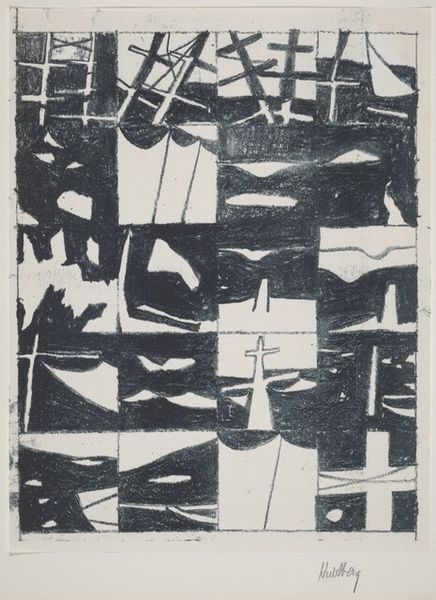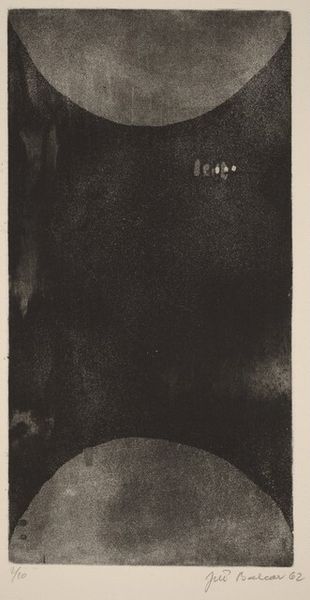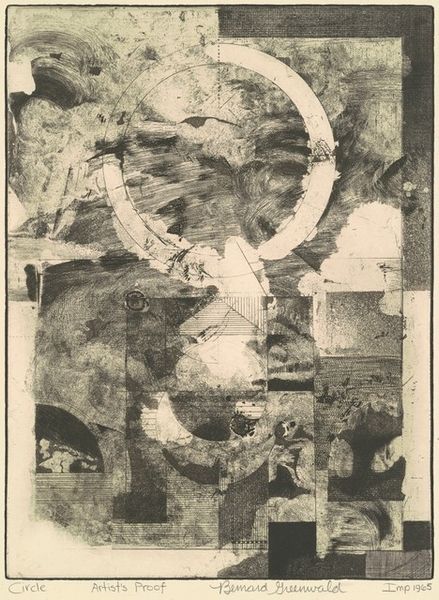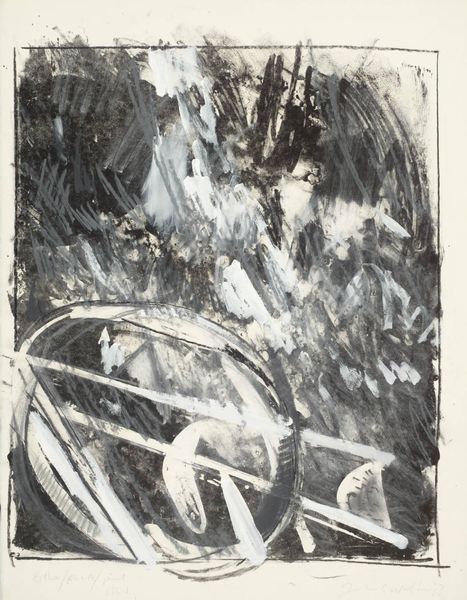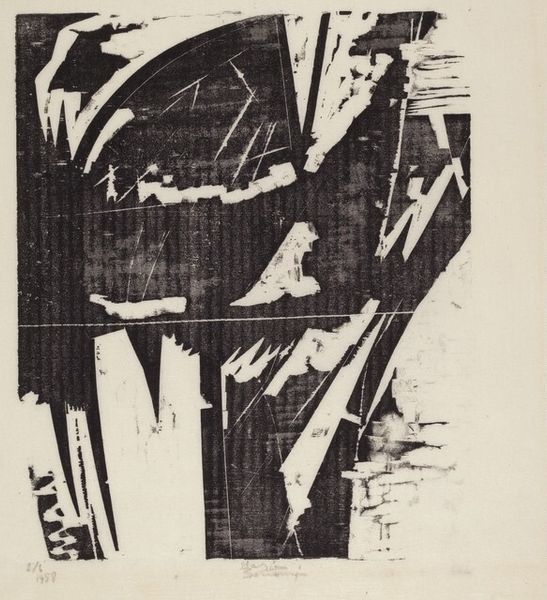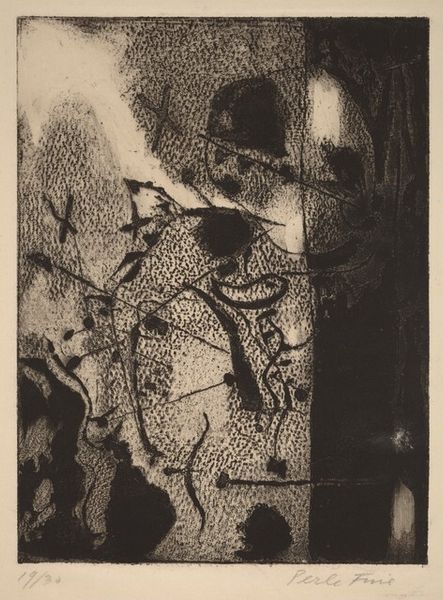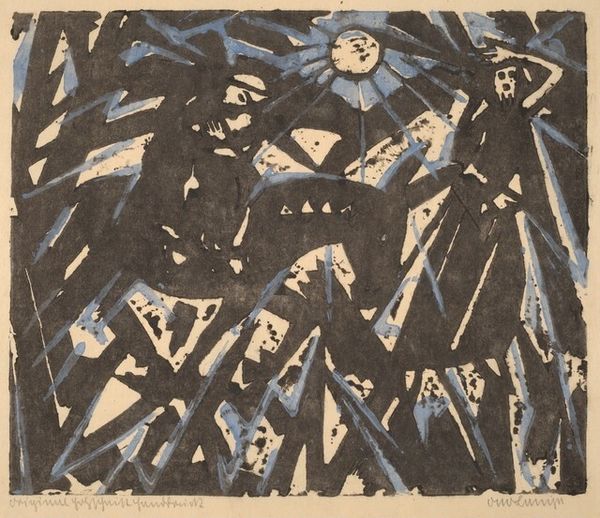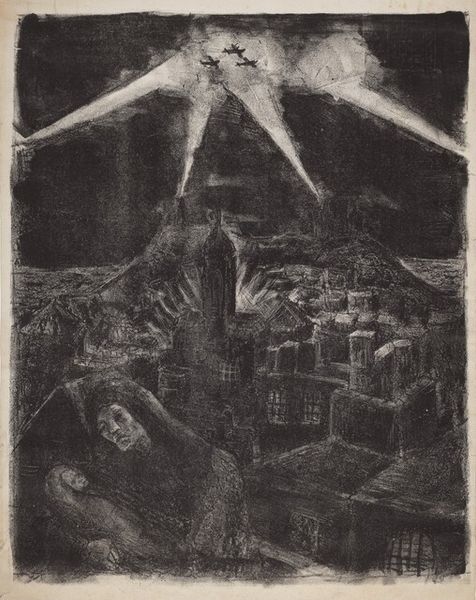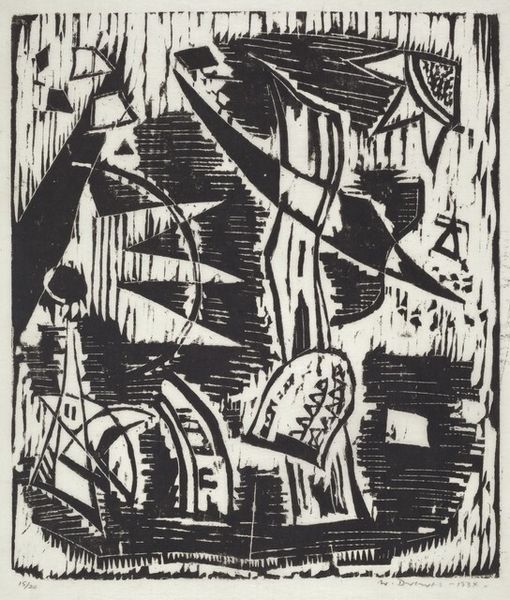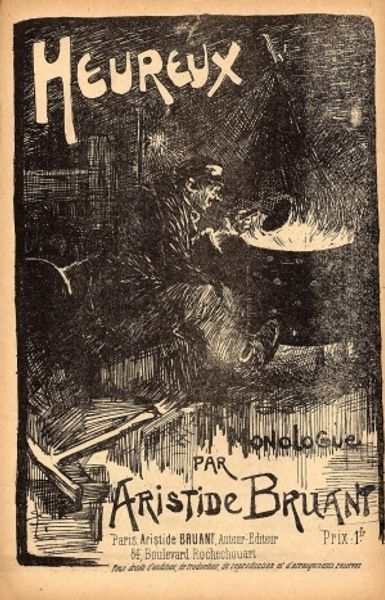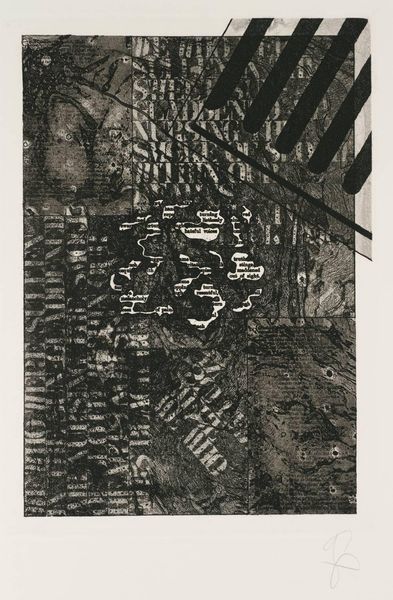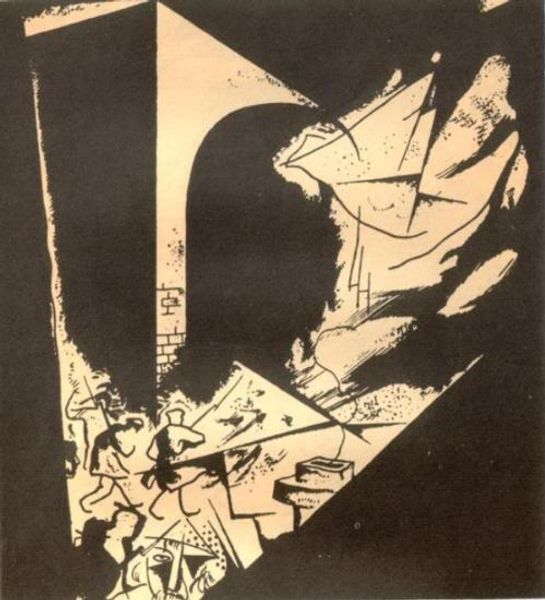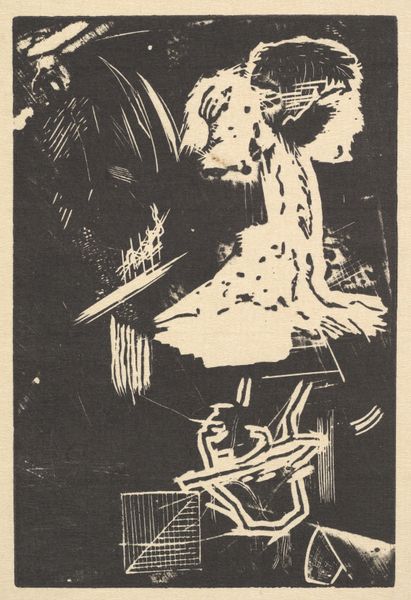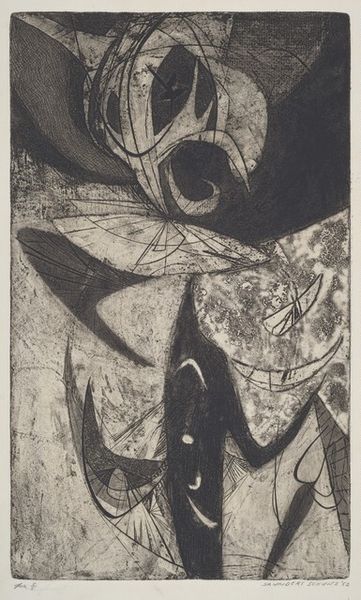
drawing, print, ink
#
drawing
#
pen drawing
# print
#
ink
#
geometric
#
abstraction
#
line
#
modernism
Copyright: National Gallery of Art: CC0 1.0
Editor: Sid Hammer's "Chariots," created in 1961 using ink, is quite striking. The contrast between the heavy dark inks and the stark white paper gives the artwork a sense of foreboding, and the shapes are vaguely menacing. What's your interpretation of this piece, especially given the historical context? Curator: Considering it was created in 1961, "Chariots" resonates with the socio-political anxieties of the Cold War era. The helicopters, juxtaposed with the seemingly ancient chariots, could be interpreted as a commentary on the escalating arms race and the increasingly mechanized nature of warfare. It’s a powerful statement about technology, isn’t it? How do you feel about the potential critique of power within the piece? Editor: I hadn’t thought of it in terms of the Cold War, but that adds a whole new layer. The chariot almost feels like a symbol of outdated military strategies, overshadowed by modern technology. It's like a clash of eras. Curator: Precisely. And who benefited and who suffered from the technological advancements during the Cold War is an important question to consider. How do the intersecting forms make you feel? Does the artist suggest a sense of inevitable collision? Editor: Definitely a collision! Thinking about the potential damage caused by the Cold War and all its proxy conflicts makes the artwork very bleak. Is that a common interpretation? Curator: Many scholars see this work as an allegory for the destructive potential of technological progress, particularly when placed in the hands of powerful, often oppressive, regimes. The visual language is incredibly effective in conveying a sense of impending doom and highlighting the vulnerability of humanity. What do you make of the title of the artwork? Editor: I thought it was a rather innocuous title considering how potent the image is, but thinking about those potential readings makes the historical context ever present. Thanks for sharing those perspectives. Curator: And thank you for making keen observations that help ground and enrich our understanding of art’s role in social discourse.
Comments
No comments
Be the first to comment and join the conversation on the ultimate creative platform.
